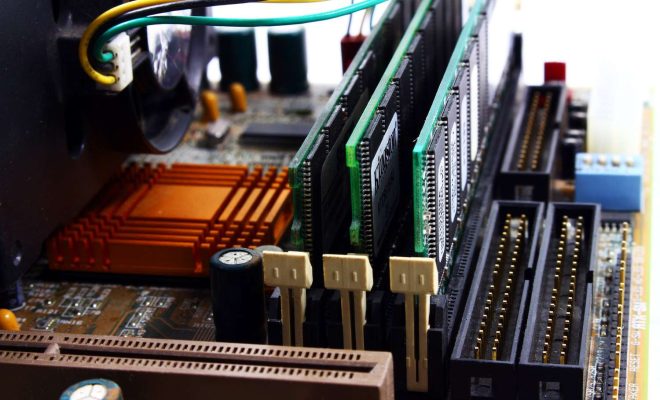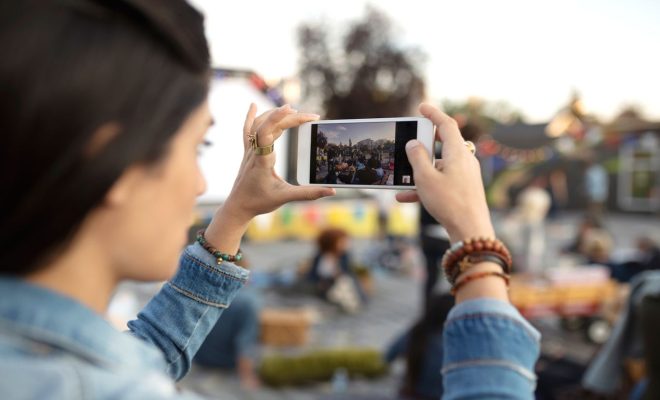I Love My Smartphone’s Camera … but I Needed Better Audio. Here’s How I Did It

Smartphone cameras have come a long way, offering high-quality video capabilities that rival traditional cameras. But one area where smartphones often fall short is audio quality. For content creators, vloggers, or simply enthusiasts who love capturing life’s moments, poor audio can be the Achilles’ heel of an otherwise perfect video.
Recognizing the issue at hand, I set out to improve my smartphone audio without breaking the bank or carrying around cumbersome equipment. Here’s how I enhanced my setup:
1. Dedicated External Microphone: The first and most significant step was to invest in a dedicated external microphone designed for smartphones. These mics dramatically improve sound quality by focusing on the audio source and mitigating background noise.
2. Windshield or Wind Muff: I added a wind muff to my mic setup to further reduce wind noise when recording outdoors. This can be particularly useful if you’re shooting videos in a breezy environment or moving quickly, such as when cycling or running.
3. Audio Recording App: Instead of relying on my smartphone’s default camera app, I used a professional audio recording application that gave me more control over the sound settings, such as input levels and noise reduction filters.
4. Lavaliere Microphone: For interviews or situations where I needed hands-free operation without sacrificing quality, a clip-on lavaliere microphone became my go-to choice. It’s discreet and provides consistent audio quality by being close to the speaker’s mouth.
5. Bluetooth Microphones: When I needed some distance from the smartphone without dealing with cables, Bluetooth microphones came to the rescue. They offer a decent range and freedom of movement without compromising much on quality.
6. Experiment with Placement: Finding the right spot to place your microphone is crucial to capturing good audio. Sometimes even a small adjustment can make a big difference. I spent time experimenting with different placements to find the best sound.
7. Post-Processing: Finally, no matter how good your capture is, there might be room for improvement in post-processing. Using audio editing software allows you to clean up any remaining noise and fine-tune your levels for optimal quality.
Incorporating these changes made a night-and-day difference in my video projects’ audio quality without radically changing or complicating my shooting process. With better audio, my smartphone videos feel more professional and are more engaging for viewers—proving that you don’t need professional filming equipment to achieve great results; sometimes, just focusing on one aspect like audio can have an enormous impact on overall video quality.




